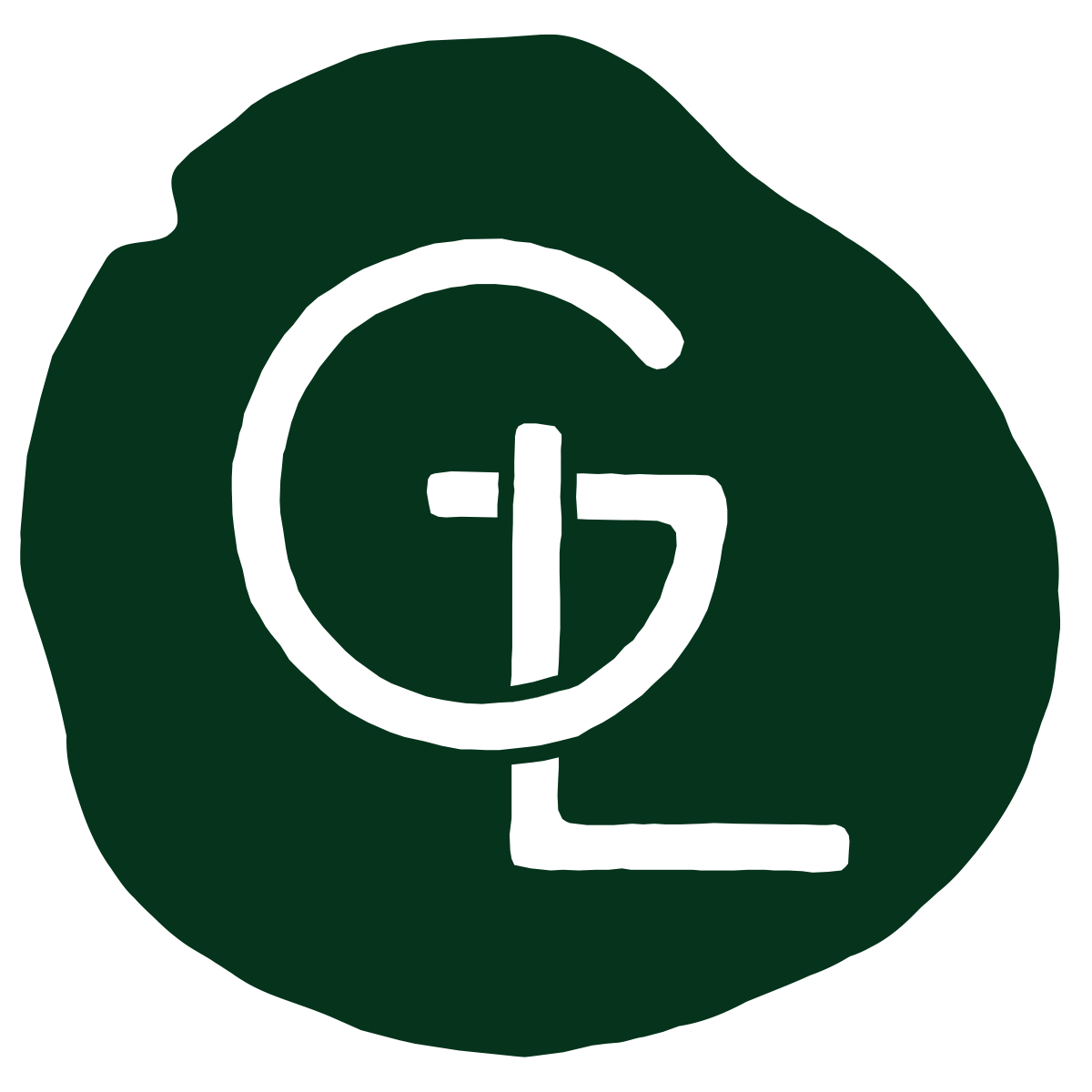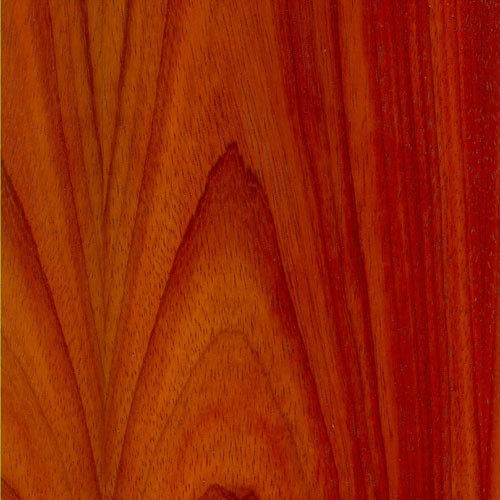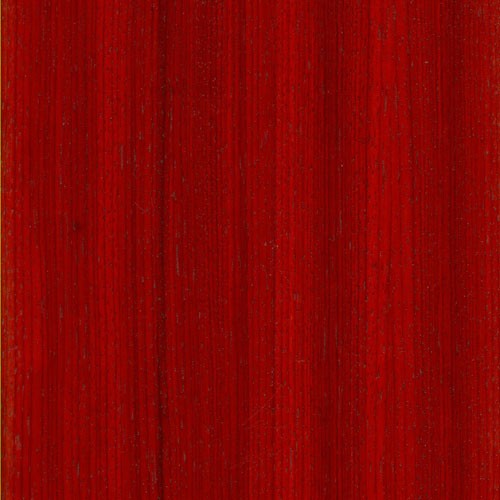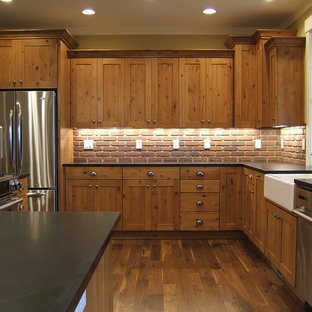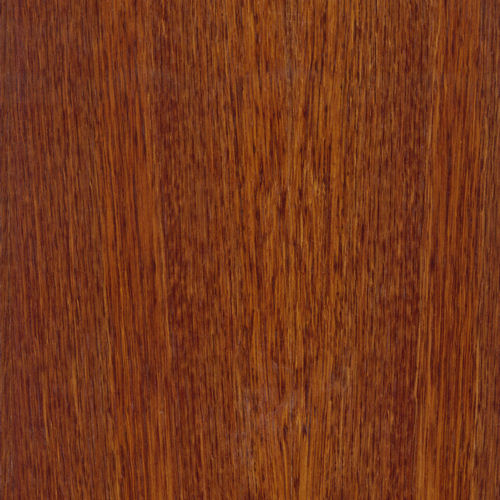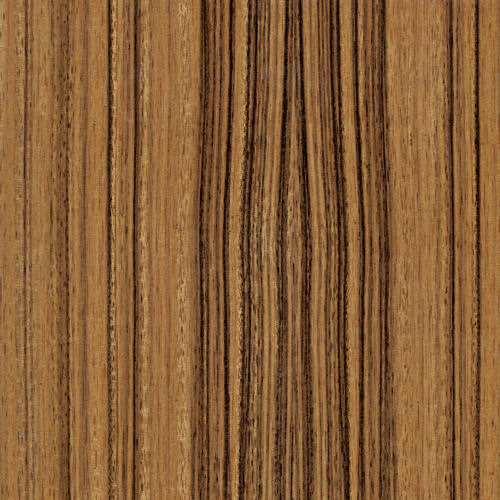Padauk
[Pterocarpus macrocarpus]
A large, attractive South East Asian species with showy flowers, Padauk grows natively from Myanmar to Vietnam. Also referred to as “Burma Padauk,” it’s very popular as both an ornamental shade tree and an abundant timber source, leading to its introduction in India and the Caribbean.
Because Padauk grows so fast, flourishes across a wide variety of habitats, and attracts seed-dispersing wildlife like birds and bats, it’s also been used as a pioneer species to restore degraded woodland in locales as wide ranging as northern Thailand and Puerto Rico.
Hard, dense, relatively heavy, and very durable, Padauk is one of the three main species used as Hongmu (red wood) timber that’s used for producing high quality Chinese furniture following the traditions from the Ming and Quing dynasty.
And no wonder, it’s strikingly beautiful. Overall, it’s an orange-red color — a vibrant, eye-catching hue resulting from the perfect blend of its reddish brown heartwood and yellowish sapwood. Just as appealing, Padauk tends to darken to an elegant golden brown over time. While its grain is usually interlocked, it features a moderate to coarse texture.
All of which make Padauk a list-topping consideration for exotic wood veneer, architectural plywood, furniture, decorative flooring, cabinetwork, billiard tables, musical instruments, and specialty wood objects.
Species Distribution:
Southeastern Asia
Myanmar
Laos
Cambodia
Thailand
Vietnam
India (naturalized) 3
Caribbean (naturalized) 3
Common / Alternative Names:
Burma Padauk
Janka Hardness:
2,150 lbf
Sustainability Status:
CITES Appendices: Not listed
IUCN Red List of Threatened Species: Not listed
Related Species:
Amboyna (Pterocarpus indicus)
Andaman Padauk (Pterocarpus dalbergioides)
Muninga (Pterocarpus angolensis)
Narra (Pterocarpus indicus)
Padauk (Pterocarpus soyauxii)
Zitan (Pterocarpus santalinus)
